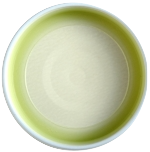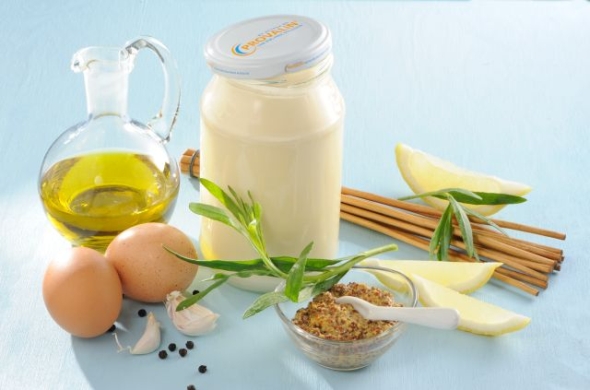|
The decade-long history of the EC Plastic
Directive has led to plastics with food contact being subject to
extremely precise regulations almost down to the very last detail.
After 14 amendment guidelines, the positive lists in regulation (EU
10/2011) for additives and monomers, the specific limit values for
individual substances and details on the scope of declarations of
compliance are a testament to this fact. The situation is an entirely
different one for other packaging materials which are by no means as
extensively documented.
It can be said that over time, the
Plastics Directive and subsequent amendment ordinances have resulted
in the most comprehensive set of regulations for packaging with food
contact. In the form of the so-called Super Directive and now called
the Plastics Implementation Measure (PIM), even tighter limits are now
set and new aspects included as regards the demands pertaining to
traceability of the finished product across the entire supply chain,
improved documentation of compliance and more realistic migration
inspection and evaluation.
This new and very detailed Directive (EU)
10/2011 which came into effect February 4th will largely apply as of
May 1st, 2011 and stipulates that the specified amended test
conditions governing many specific migration values as well as overall
migration (limit value:10 mg/dm²) are to be maintained without
restriction as of January 1st, 2016. Overall migration is the sum of
all substances that can migrate from the food contact materials to the
food. This is 10mg/dm2, for babyfood 60 mg/kg. Specific migration
refers to individual substances for which some specific migration
limits are set. These limits are different for different substances.
The sum of alls SMLs must be below 60 mg/kg.
What's more, composite materials (materials
and items comprising of two or more layers where at least one layer
involves plastic) are also included in the area of applicability of
the new Plastic Regulation. It has been specified that no nano or CMR
substances (carcinogenic, mutagenic and reprotoxic substances) may be
used behind a functional barrier (unless a certificate of safety has
been issued by the EFSA); a limit value of 0.01 mg/kg applies for
other substances.
Just some of the key cornerstones of the new
Directive which replaces the 2002/72/EC Directive dated August 6th,
2002 on materials and items made of plastic intended for contact with
food. Additionally not only for reasons relating to clarity but also
with the aim of serving increased consumer protection.
Food manufacturers – and this is also
clarified by the new Regulation – are responsible for the FCM (food
contact materials) they use and are obliged to provide evidence that
the packaging complies with the applicable laws.
By introducing PROVALIN®,
the closure sealing compound without PVC and phthalates based on
thermoplastic elastomers, offers manufacturers and bottlers of
foodstuffs in glass packaging to have one less thing to worry about.
This compound fulfills all of the requirements on metal vacuum seals
while entirely complying with the new PIM (EU 10/2011) Regulation. All
long-term tests concerning vacuum, opening properties and migration
performance indicate that PROVALIN® is safe and complies with all of the
requirements of the new PIM regulation. This also applies to ACTGreen®
PROVALIN® for Press-On Twist Off®
closures of babyfood and sensitive foodstuffs. | 


